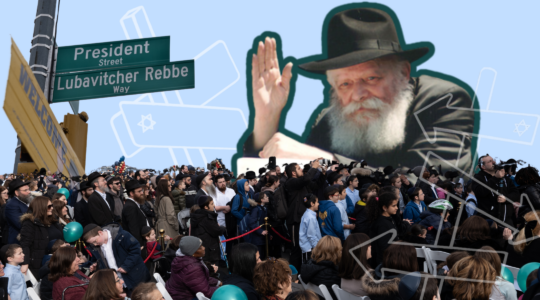We all think we know Fort Lauderdale, Fla. (or at least an awful lot of us think we do). It’s where we spent spring break. Where we visited the grandparents. Where we’ve escaped from many a frozen New York January.
And FLL is our vacation gateway airport, because unless you’re traveling internationally, who on earth flies into Miami?
But as a recent visit reminded me, Fort Lauderdale is a truly multifaceted city. It’s really three or four cities at once, all of them very distinctive, and each one quite different from the others.
Let’s start with the most familiar ones. There’s spring-break Fort Lauderdale, with some of the country’s best beaches, cheap tacos, and a lively bar scene by the ocean. There’s affluent-Jewish-retiree Fort Lauderdale — the crowd that packs Italian restaurants on a Tuesday at 5.
The biggest change over the past few years has been the rise of upscale-adult Fort Lauderdale. That’s the city with a dozen new fancy hotels scheduled to open this year and artisan-cocktail speakeasies sprouting on downtown blocks where cheap beer was once the drink of choice. It’s where Stephen Starr, the Philadelphia-based Jewish restaurateur, is opening an offshoot of his Philly Mexican boîte, El Vez, at the W Hotel.
What hasn’t changed is one of the oldest Fort Lauderdales; let’s call it the ungentrified one — the Fort Lauderdale farther from the ocean, with potholed streets and sketchy strip malls peppered with bail-bonding and check-cashing outlets; and more gun and ammo outlets than this Yankee feels comfortable with.
It’s a weird feeling to drive around Fort Lauderdale’s wide, sprawling boulevards, past bus stops and parking lots and warehouses, and suddenly stumble upon a glittering tower under construction. But that’s what progress looks like in Downtown Fort Lauderdale.
Block by block, the scenery changes from vacant to under-construction or gentrified; cranes cast their shadows everywhere. Near the oceanfront, Downtown Fort Lauderdale is greener and more elegant than ever before.
I’d heard about the Frank Stella show at the NSU Museum of Art, a soaring modernist edifice just across from the Riverwalk canal development. Stella was a high school classmate of my father’s, so we all went to check out the oversized, colorful paintings and sculptures, along with the museum itself.
Fort Lauderdale’s premier art venue is celebrating its 60th year; a decade ago, the museum became affiliated with Nova Southeastern University. Its profile has risen in tandem with the glittering towers and ambitious waterfront development around Riverwalk, Fort Lauderdale’s lush, tropical park along the New River, which snakes through downtown.
Like so many American cities in the throes of self-reinvention, Fort Lauderdale has staked its touristic future on waterfront — in this case, not only with the beach and with miles of pure turquoise surf, but also with the mile-long Riverwalk.
We followed a red-brick promenade alongside yachts and sailboats, past tidy green parks and plazas with fountains, gazebos and the occasional marine-themed sculpture. On the first Sunday of the month, there’s a plein air jazz concert to accompany brunchers.
(Speaking of brunch: Like the rest of South Florida, Greater Fort Lauderdale is a kosher paradise. You could breakfast on shakshuka and eat a fish dinner at a different place every day of the week.)
Back at the NSU’s art venue, we found an example of everything a small museum should be. Its light-filled 1980s architecture has held up well, offering an attractive, well-arranged space for viewing. My dad enjoyed reminiscing through his classmate’s various post-school genres — color field painting and minimalism, much of it infused with wild, graffiti-esque hues.
NSU holds the largest collection of American Impressionist William Glackens, whose name deserves to be better known. Glackens, a Philadelphian, worked in New York and Paris, and helped his high school classmate Albert Barnes collect Monets and Renoirs for the Renoir Museum on the French Riviera.
A current exhibition at NSU displays Glackens’ paintings alongside those of his contemporaries — including several delightful works by his wife, Edith Dimock, depicting ladies in the dressing rooms a century ago at New York City’s Jewish-owned (and long-vanished) S. Klein Department Store.
Outside, on a wide, inviting plaza, a happy-hour crowd enjoyed wine at umbrella-shaded tables; my daughter Zelda scribbled alongside other youngsters at a children’s art table.
Like Riverwalk, whose yachts float just a block away, the museum tries hard to be an accessible, public space for a city in transition. Some destinations are enchanting because they never change; Fort Lauderdale is among those that are exciting precisely because they always have something new.
The New York Jewish Week brings you the stories behind the headlines, keeping you connected to Jewish life in New York. Help sustain the reporting you trust by donating today.




